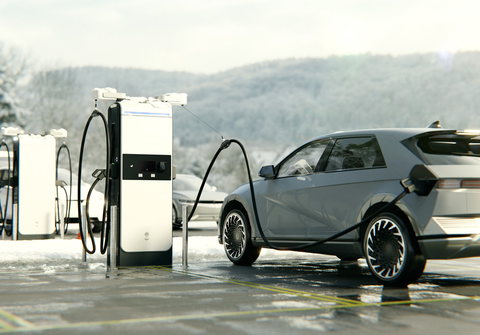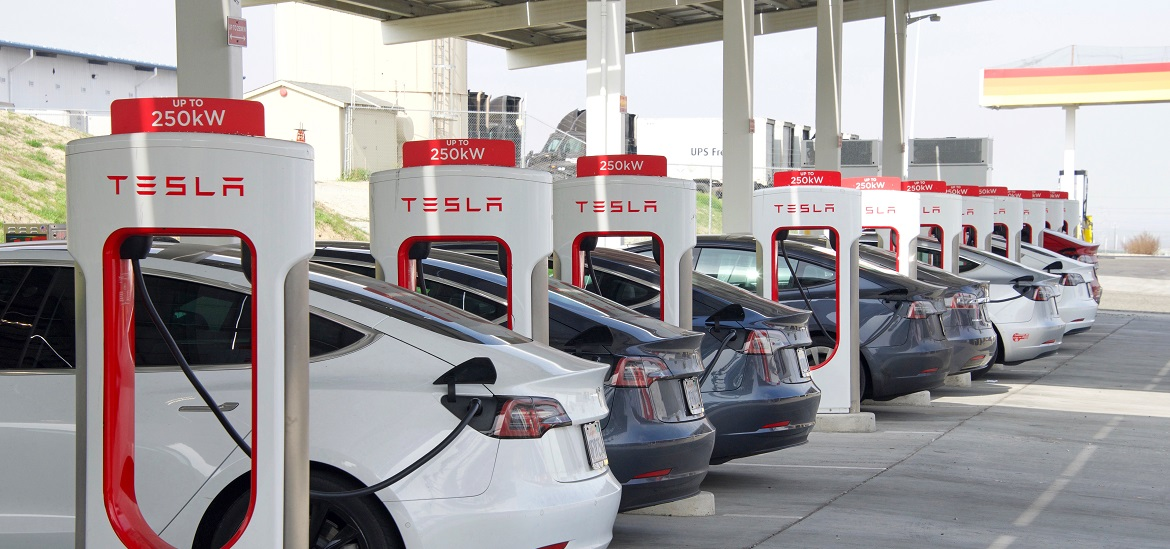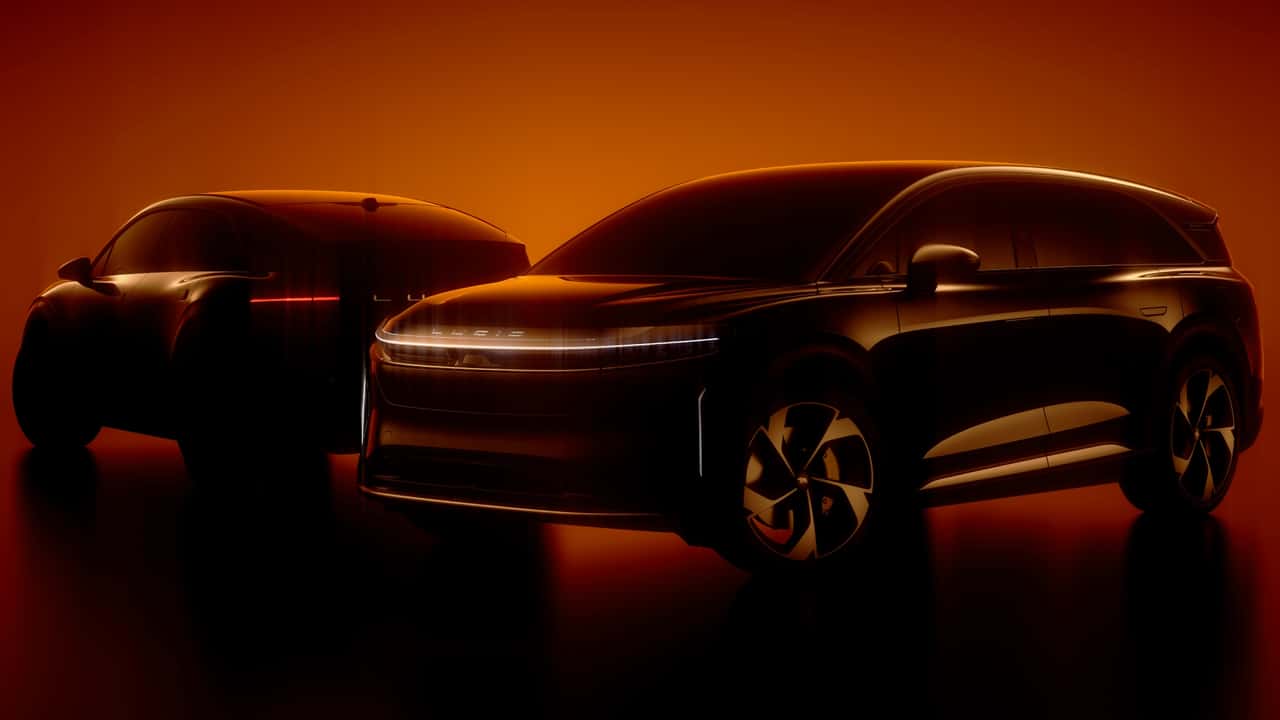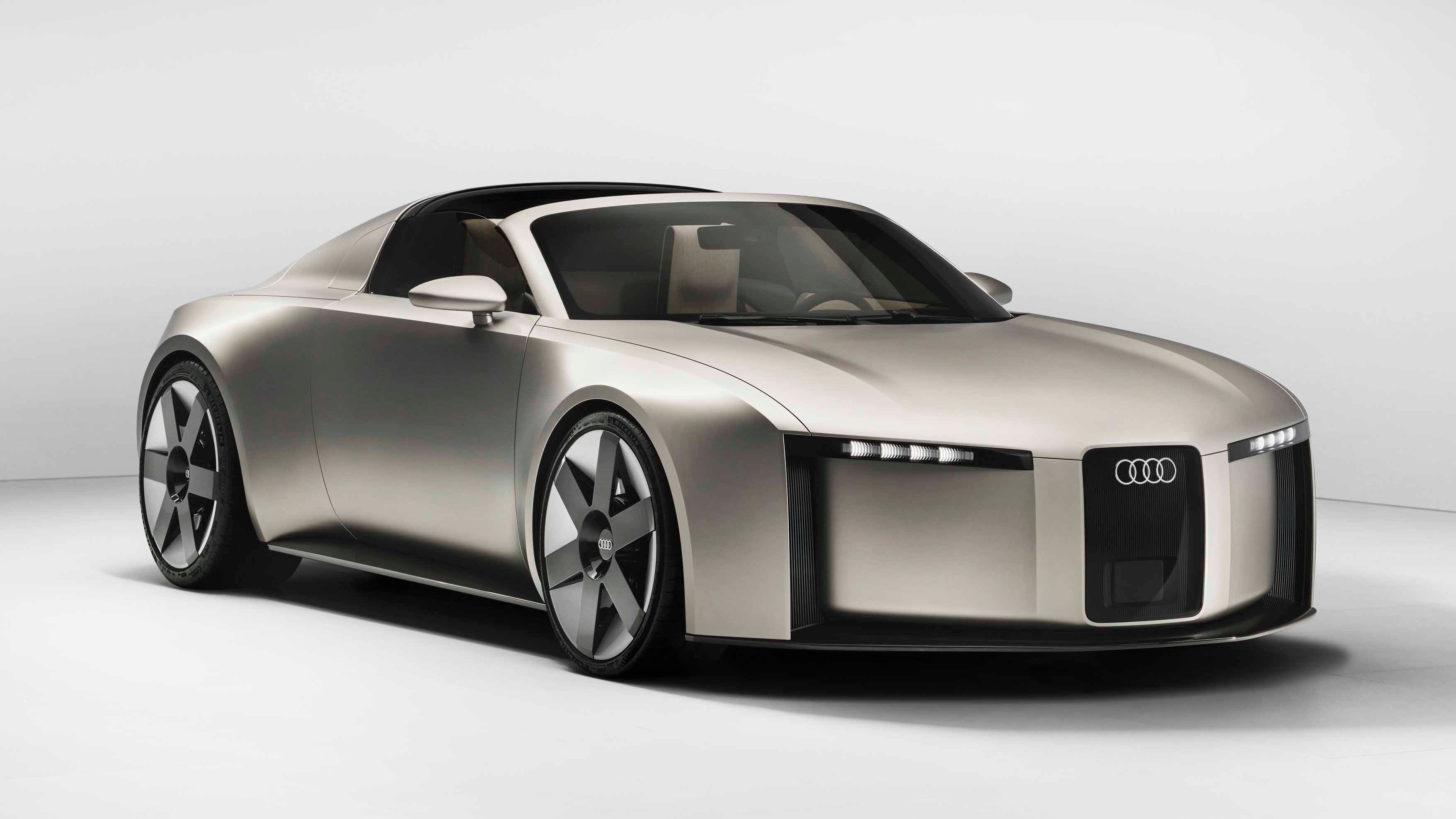L'essor des véhicules électriques (VE) a transformé la mobilité, mais la quête de praticité a fait de la recharge rapide une arme à double tranchant. La recharge rapide en courant continu , capable de fournir des centaines de kilowatts pour recharger les batteries des VE en quelques minutes, est un élément clé de l'adoption des VE. Pourtant, derrière cette promesse de rapidité se cache une réalité troublante : la recharge rapide peut considérablement dégrader la santé des batteries, réduisant leur durée de vie et augmentant leurs coûts. Ce blog explore la science de la recharge rapide, son impact sur les batteries des VE et les stratégies pour en limiter les dommages, en se concentrant sur les chargeurs portables et les normes NEMA.
La mécanique de la recharge rapide des véhicules électriques
La recharge rapide des véhicules électriques, généralement assurée par des chargeurs rapides CC, contourne le chargeur embarqué du véhicule pour fournir un courant continu à haute puissance, souvent de 50 kW à 350 kW, voire plus. Contrairement aux recharges de niveau 1 (120 V) ou 2 (240 V) , qui peuvent prendre des heures, les chargeurs rapides CC peuvent restaurer 80 % de la capacité en 20 à 40 minutes. Ce résultat est obtenu grâce à une tension et un courant élevés (jusqu'à 800 V), souvent facilités par des connecteurs NEMA comme le NEMA 14-50 pour les configurations de niveau 2 ou des connecteurs spécialisés comme CCS ou CHAdeMO pour la recharge CC.
Les batteries de véhicules électriques, principalement lithium-ion , reposent sur la circulation des ions lithium entre une cathode et une anode via un électrolyte. La charge rapide accélère ce processus, mais a un coût :
- Surcharge thermique : une puissance élevée génère une chaleur excessive, risquant ainsi la décomposition de l'électrolyte et un emballement thermique.
- Dégradation de l'anode : l'afflux rapide d'ions érode la couche d'interphase d'électrolyte solide (SEI) de l'anode, réduisant ainsi la capacité.
- Contrainte cathodique : les tensions élevées provoquent des microfissures dans la cathode, ce qui nuit aux performances à long terme.
Une étude du Journal of Power Sources (2024) indique que les batteries de véhicules électriques soumises à des charges rapides CC fréquentes perdent 15 à 25 % de leur capacité après 500 cycles, contre 8 à 12 % pour une charge de niveau 2. Cette dégradation compromet la longévité des batteries de véhicules électriques, conçues pour 1 000 à 2 000 cycles.

Le coût de la vitesse
La recharge rapide est une véritable bouée de sauvetage pour les conducteurs de véhicules électriques sur les longs trajets, permettant des rotations rapides aux stations publiques. Cependant, cette commodité a des coûts cachés. La dégradation de la batterie due à des recharges rapides fréquentes peut réduire l'autonomie du véhicule, obligeant les propriétaires à remplacer les batteries plus tôt que prévu. Une batterie de véhicule électrique classique, coûtant entre 5 000 et 20 000 dollars, peut nécessiter un remplacement dans les 5 à 8 ans en cas d'utilisation intensive de la recharge rapide, contre 10 à 15 ans en cas de recharge plus lente.
Sur le plan économique, cela impacte les consommateurs et les gestionnaires de flottes. Sur le plan environnemental, la situation est pire : les batteries mises au rebut contribuent aux déchets électroniques, et l'extraction du lithium, du cobalt et du nickel pour les remplacer met à rude épreuve les écosystèmes. La recharge rapide, bien qu'essentielle à l'adoption des véhicules électriques, risque de compromettre le développement durable si elle n'est pas gérée avec prudence.
Les chargeurs portables, souvent utilisés en cas d'urgence ou à domicile, aggravent le problème lorsqu'ils sont conçus pour une puissance élevée sans gestion thermique adéquate. Ces appareils, parfois compatibles avec les connecteurs NEMA 14-50 pour la charge de niveau 2, peuvent solliciter les batteries s'ils ne sont pas optimisés pour une utilisation en véhicule électrique.

Normes NEMA et solutions de charge portables
Les connecteurs NEMA, comme le NEMA 14-50, sont essentiels pour la recharge de niveau 2 des véhicules électriques, délivrant 240 V et jusqu'à 50 A pour les installations de recharge à domicile ou portables. Ces connecteurs permettent une charge plus rapide que les prises 120 V standard, assurant un équilibre entre vitesse et autonomie de la batterie. Cependant, les chargeurs rapides CC, qui utilisent des connecteurs spécialisés comme CCS, produisent une puissance bien supérieure, amplifiant ainsi la charge de la batterie.
Les chargeurs portables pour véhicules électriques, souvent commercialisés comme des solutions compactes de niveau 2, gagnent en popularité grâce à leur polyvalence. Compatibles avec les prises NEMA, ces appareils permettent aux conducteurs de recharger à domicile ou en déplacement. Cependant, les chargeurs portables de mauvaise qualité peuvent manquer de systèmes de gestion de batterie (BMS) robustes , ce qui peut entraîner une surchauffe et une usure accélérée. Les modèles haut de gamme, conformes aux normes NEMA, intègrent des fonctionnalités intelligentes comme le réglage dynamique de la puissance pour préserver la batterie.
Les constructeurs relèvent les défis de la charge rapide grâce à des BMS avancés, qui surveillent la température, la tension et le courant en temps réel. Certains véhicules électriques, comme les modèles Tesla, utilisent des systèmes de refroidissement propriétaires pour dissiper la chaleur pendant la charge rapide, tandis que les bornes de recharge conformes à la norme NEMA prennent de plus en plus en charge les réseaux intelligents pour optimiser la distribution d'énergie.

Stratégies pour protéger la santé des batteries des véhicules électriques
Les propriétaires de véhicules électriques peuvent adopter des mesures pratiques pour minimiser les dommages liés à la recharge rapide tout en préservant le confort. Voici cinq stratégies fondées sur des données probantes :
- Donnez la priorité à la charge de niveau 2 : utilisez des chargeurs de niveau 2 conformes à la norme NEMA (par exemple, NEMA 14-50) pour la charge quotidienne, en réservant les chargeurs rapides CC aux longs trajets.
- Évitez la charge à haute température : chargez dans des conditions plus fraîches (moins de 35 °C/95 °F) pour réduire le stress thermique, en particulier lors de l'utilisation de chargeurs portables.
- Niveaux de charge limités : réglez les véhicules électriques pour qu'ils se chargent à 80 % au lieu de 100 % pendant la charge rapide afin de minimiser la tension, une fonctionnalité disponible sur la plupart des véhicules électriques modernes.
- Choisissez un équipement de qualité : investissez dans des chargeurs et des câbles portables conformes à la norme NEMA de marques réputées pour garantir une alimentation électrique sûre et efficace.
- Surveillez l'état de la batterie : utilisez les diagnostics EV pour suivre la capacité de la batterie et ajuster les habitudes de charge si la dégradation dépasse 10 % dans les 500 cycles.
Ces mesures, appuyées par des études de l’International Journal of Electric Vehicles (2025), peuvent prolonger la durée de vie de la batterie jusqu’à 30 %, équilibrant ainsi commodité et longévité.

L'avenir de la recharge rapide des véhicules électriques
L'industrie des véhicules électriques innove pour pallier les inconvénients de la recharge rapide. Les batteries à semi-conducteurs , dont la production en série est prévue d'ici 2030, offrent une densité énergétique plus élevée et une meilleure tolérance à la chaleur, réduisant ainsi la dégradation lors des recharges à haute puissance. Une gestion thermique avancée, comme le refroidissement liquide et les systèmes à base de graphène, atténue déjà la chaleur dans les véhicules électriques haut de gamme.
Les avancées logicielles sont tout aussi cruciales. Les algorithmes d'apprentissage automatique des BMS permettent de prédire les taux de charge optimaux en fonction des habitudes de conduite, des conditions météorologiques et de l'âge de la batterie. La normalisation, notamment l'adoption généralisée de chargeurs de niveau 2 compatibles NEMA et de connecteurs CC universels comme le CCS, garantit une infrastructure de charge plus sûre et plus efficace.

Conclusion : Vitesse et durabilité
La recharge rapide est indispensable à l'adoption croissante des véhicules électriques, permettant aux conducteurs de recharger rapidement lors de leurs trajets interurbains. Cependant, son impact sur la santé des batteries – dégradation accélérée, coûts plus élevés et impact environnemental – exige une approche plus intelligente. En s'appuyant sur des chargeurs conformes à la norme NEMA, des chargeurs portables de haute qualité et des habitudes stratégiques, les propriétaires de véhicules électriques peuvent profiter des avantages de la recharge rapide tout en préservant la longévité de leurs batteries.
Le secret de la recharge rapide est dévoilé, mais l'histoire ne s'arrête pas là. Grâce à l'innovation et à des choix éclairés, l'industrie des véhicules électriques peut offrir de la vitesse sans sacrifier la durabilité.
Lecture recommandée : Comment la recharge intelligente et la maintenance proactive peuvent prolonger la durée de vie de la batterie des véhicules électriques








Partager:
Comprendre l'impact de la charge du véhicule sur l'autonomie des véhicules électriques
Meilleures offres de location et de financement de véhicules électriques en juillet 2025